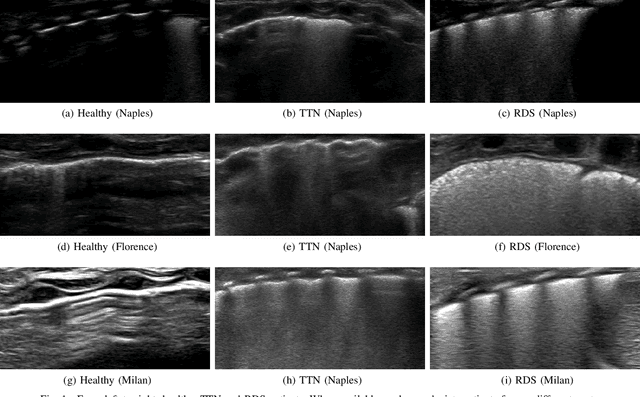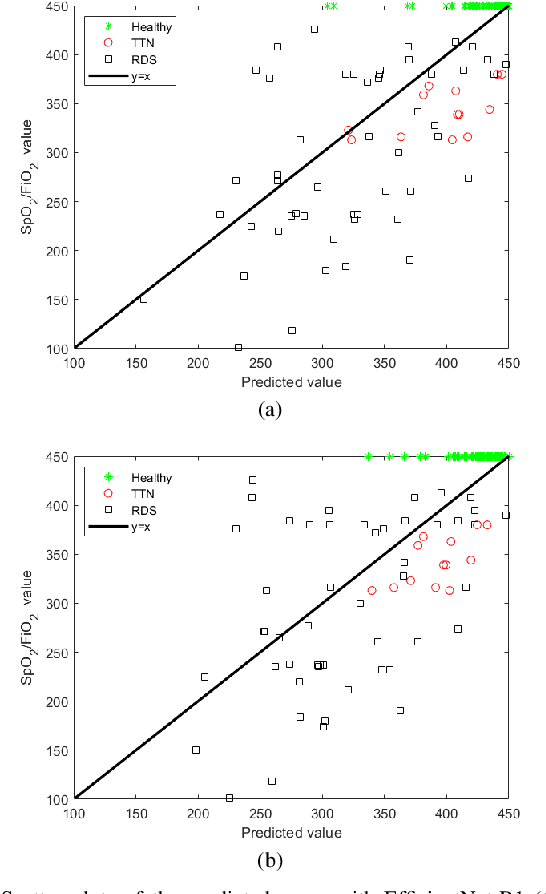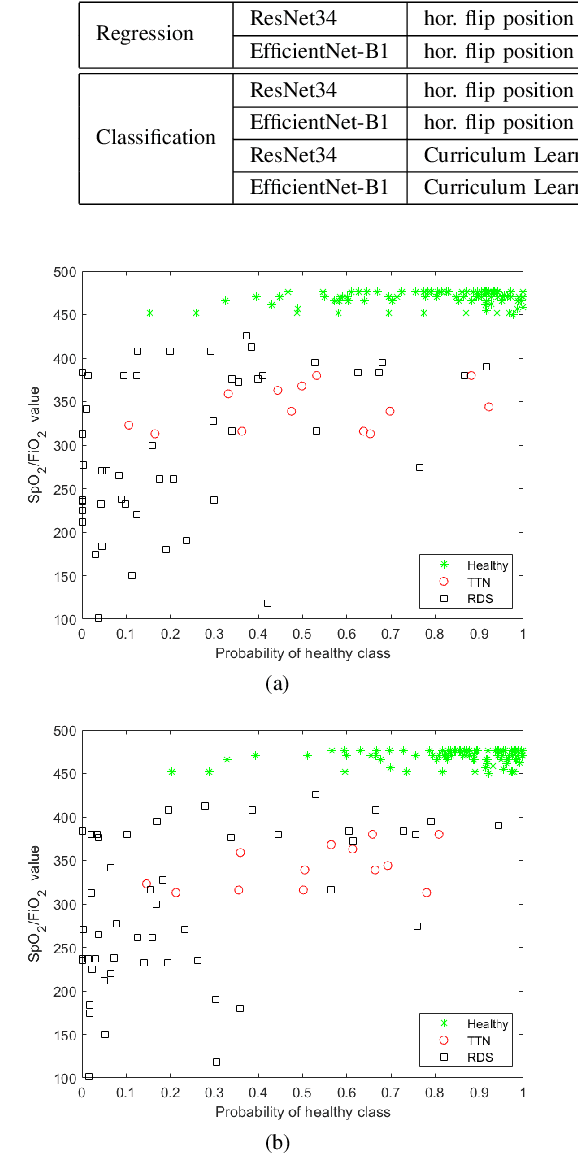Deep learning in the ultrasound evaluation of neonatal respiratory status
Paper and Code
Oct 31, 2020



Lung ultrasound imaging is reaching growing interest from the scientific community. On one side, thanks to its harmlessness and high descriptive power, this kind of diagnostic imaging has been largely adopted in sensitive applications, like the diagnosis and follow-up of preterm newborns in neonatal intensive care units. On the other side, state-of-the-art image analysis and pattern recognition approaches have recently proven their ability to fully exploit the rich information contained in these data, making them attractive for the research community. In this work, we present a thorough analysis of recent deep learning networks and training strategies carried out on a vast and challenging multicenter dataset comprising 87 patients with different diseases and gestational ages. These approaches are employed to assess the lung respiratory status from ultrasound images and are evaluated against a reference marker. The conducted analysis sheds some light on this problem by showing the critical points that can mislead the training procedure and proposes some adaptations to the specific data and task. The achieved results sensibly outperform those obtained by a previous work, which is based on textural features, and narrow the gap with the visual score predicted by the human experts.
 Add to Chrome
Add to Chrome Add to Firefox
Add to Firefox Add to Edge
Add to Edge